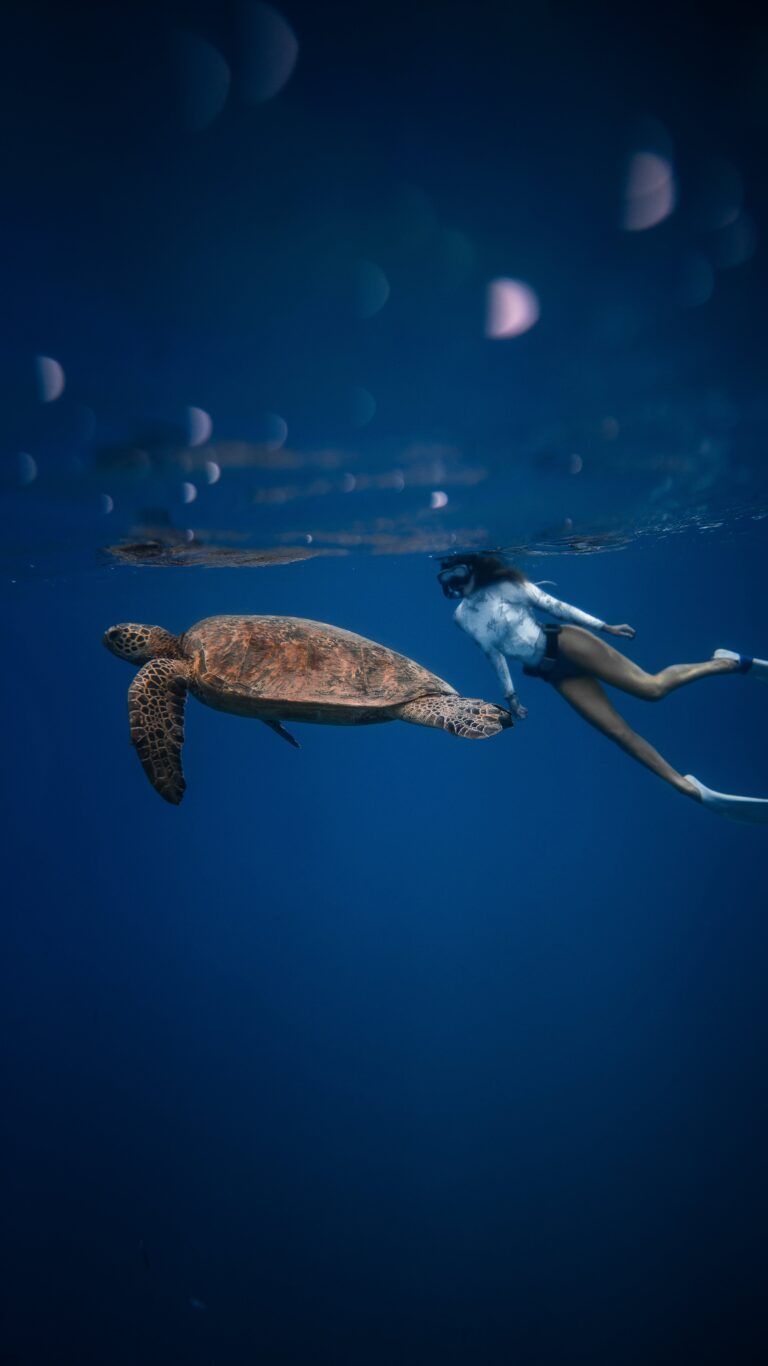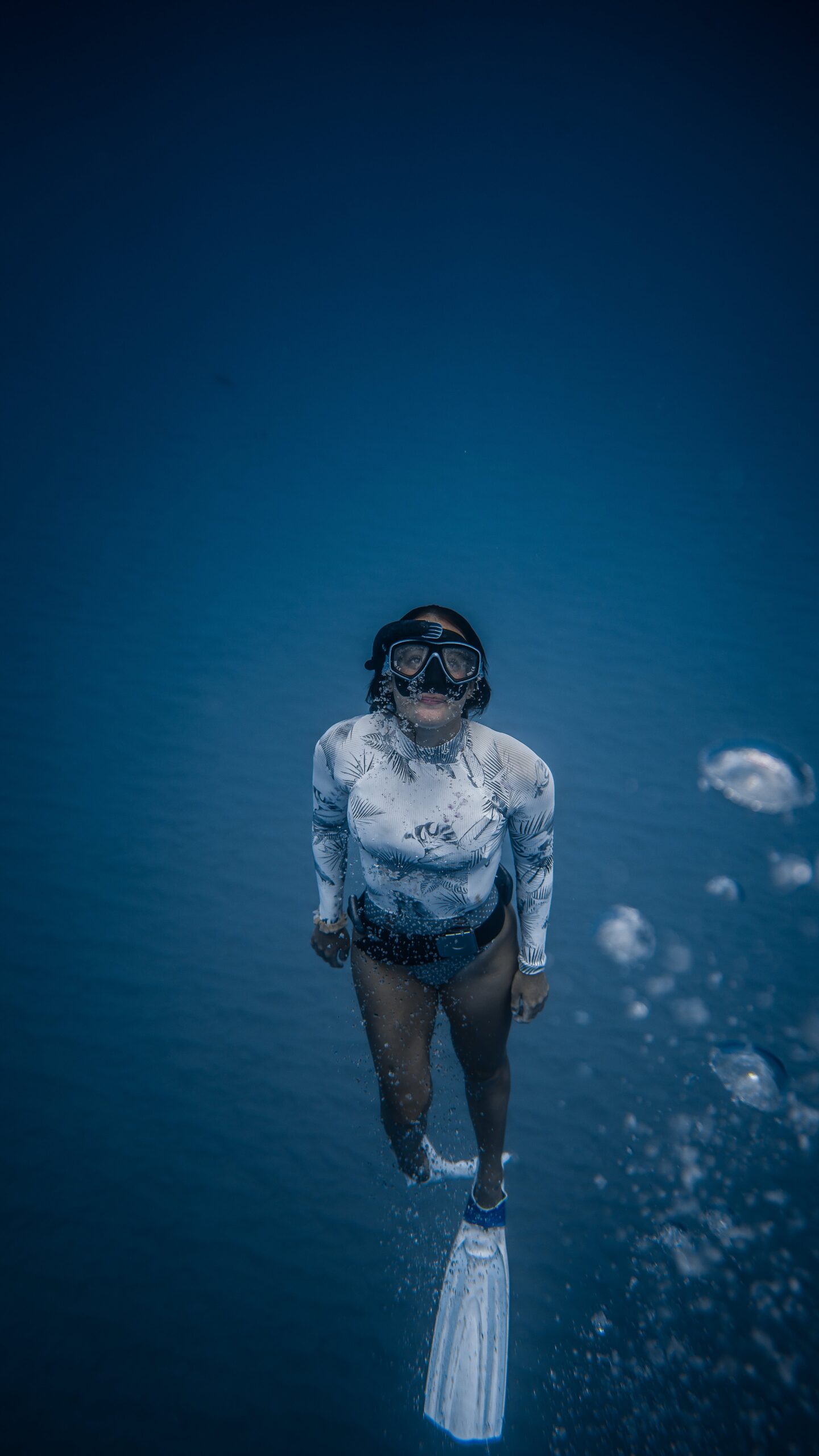Introduction
The vast and diverse ecosystems of our oceans are not only crucial for global biodiversity but also play a significant role in sustaining human life. As the world grapples with environmental challenges, the conversation around ocean conservation has gained momentum. However, it is essential to explore how these conservation efforts may intersect with and influence traditional indigenous aquaculture practices. In this blog post, we will delve into the intricate relationship between ocean conservation initiatives and the sustainability of indigenous aquaculture, examining both potential challenges and opportunities for coexistence.
Consumer Awareness and Sustainable Seafood
In today’s world, consumer awareness plays a pivotal role in promoting sustainable practices, especially in the realm of seafood consumption. As consumers, being informed about the impact of our choices on the environment is crucial. Overfishing, habitat destruction, and bycatch are among the critical issues affecting our oceans. By making conscious decisions, consumers can contribute to the preservation of marine ecosystems.
Awareness begins with understanding the life cycle of seafood products, from catch to consumption. Consumers should seek information about fishing methods, the status of fish stocks, and the overall environmental impact of specific seafood choices. Various online platforms, apps, and guides are available to help consumers make informed decisions, empowering them to choose seafood that aligns with sustainability goals.
The Role of Certification Labels in Guiding Purchasing Decisions
Certification labels are powerful tools that guide consumers toward sustainable seafood choices. Organizations such as the Marine Stewardship Council (MSC) and Aquaculture Stewardship Council (ASC) provide certification for fisheries and aquaculture operations that adhere to strict sustainability standards. These labels offer a quick and reliable way for consumers to identify products sourced from environmentally responsible practices.
When these labels are prominently displayed on packaging, consumers can trust that the seafood product meets specific criteria for sustainability. These criteria often include considerations for fish stock health, minimal environmental impact, and adherence to responsible fishing methods. Recognizing and supporting these certification labels through purchasing decisions contribute to the overall goal of promoting sustainable practices within the seafood industry.
Encouraging a Shift Towards Sustainable Seafood Consumption
To foster a lasting shift towards sustainable seafood consumption, it is essential to engage consumers actively. Campaigns, educational initiatives, and outreach programs can play a crucial role in raising awareness about the impact of unsustainable fishing practices. Emphasizing the importance of making responsible choices and supporting sustainable fisheries contributes to a collective effort in preserving marine ecosystems.
Additionally, retailers and restaurants can play a role in promoting sustainability by prominently featuring certified seafood products and providing information on sourcing practices. Government policies that incentivize sustainable fishing practices and penalize unsustainable ones also contribute to creating a more environmentally conscious seafood industry.
In conclusion, informed consumer choices, guided by certification labels and supported by concerted efforts from various stakeholders, are instrumental in promoting sustainable seafood consumption. By understanding the impact of our decisions and actively choosing certified products, consumers can contribute to the long-term health of our oceans and marine biodiversity.
Threats to Marine Biodiversity




